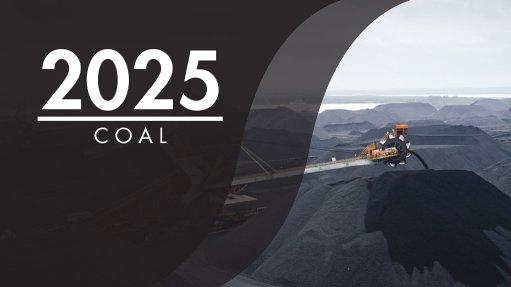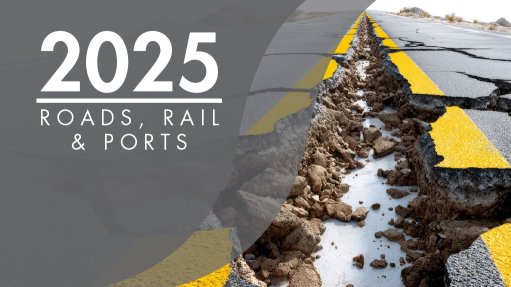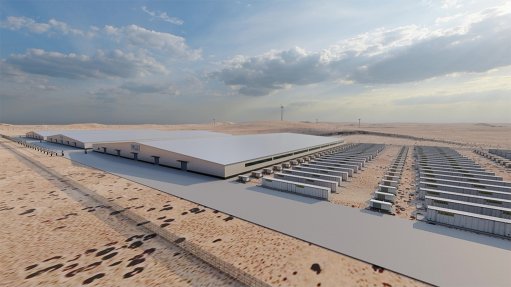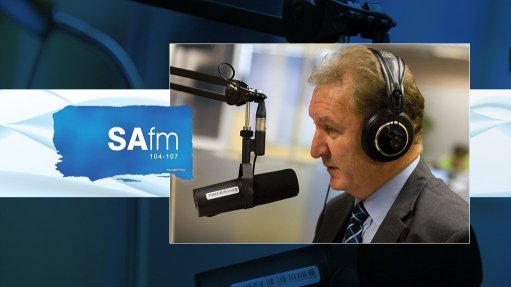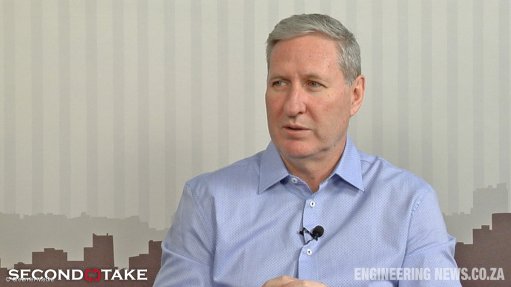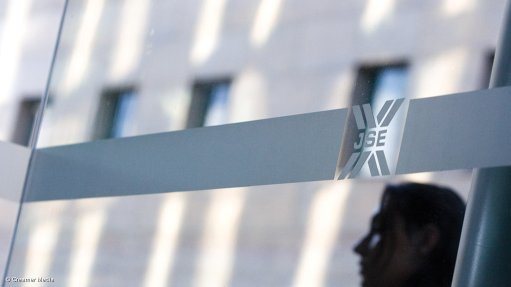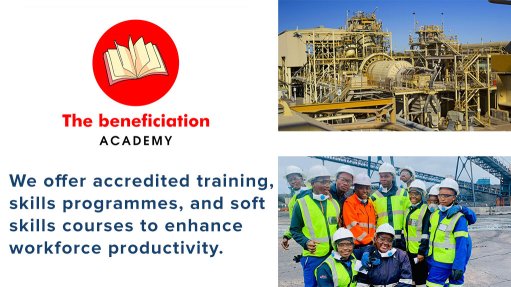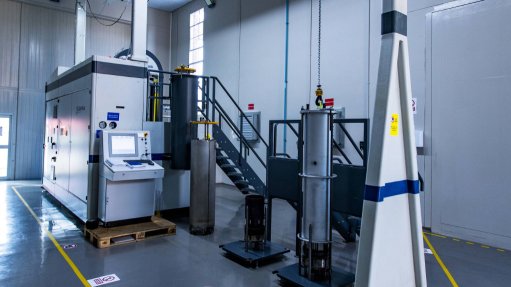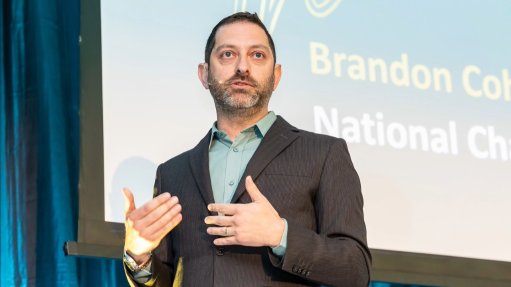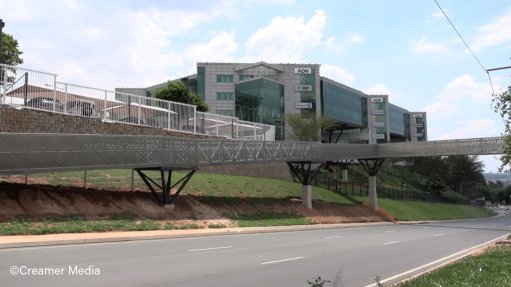Western Cape govt downgrades its economic growth ambitions following South Africa’s diplomatic fallout with the US

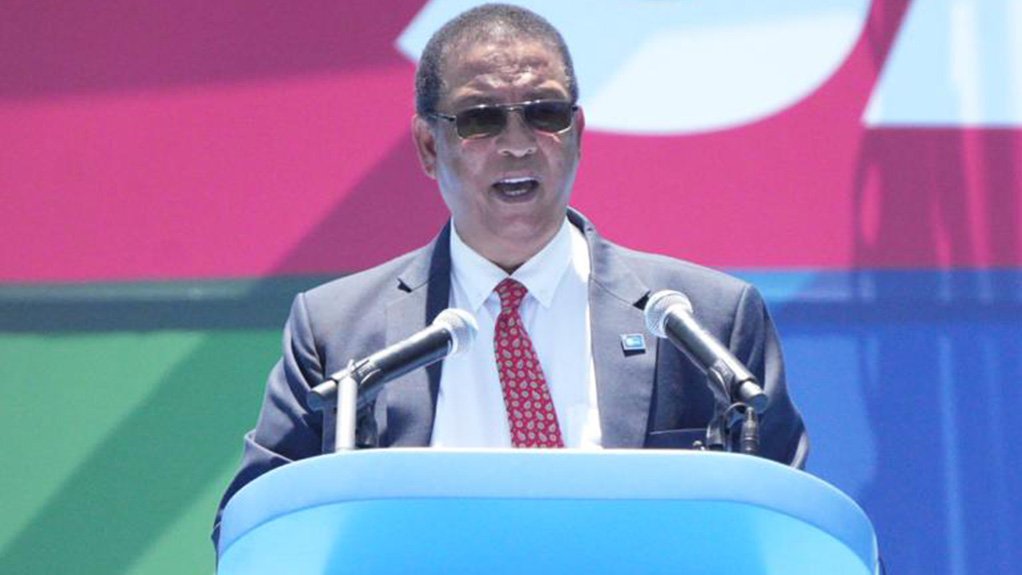
Western Cape Provincial Agriculture, Economic Development and Tourism Minister Ivan Meyer
Following the diplomatic failures that have transpired between South Africa and the US over the past six months, along with the 30% tariffs imposed on South African exports to the US as of August 7, Western Cape Provincial Agriculture, Economic Development and Tourism Minister Ivan Meyer has downscaled the province’s economic growth ambitions from 5% to 3% a year by 2035.
The province’s Growth for Jobs (G4J) strategy envisioned building a R1-trillion economy in the Western Cape by 2035, which has also been tempered on the back of economic pressure from the US.
“Our initial vision was to create a R1-trillion inclusive economy. It was my intense purpose to develop an economic GDP growth rate of between 4% and 6%. I must now admit that, after the developments in the White House’s Oval Office, I said to my team that this is no longer possible.
“I've now downscaled our GDP [growth ambitions] to about 3%. I've also downscaled our inclusive economy from a R1-trillion economy. I've now established a range, because you don't know what [US President Donald] Trump will sign tomorrow. My target is now between R700-billion and R800-billion,” he said at the Western Cape Investment Summit (WCIS) and JSE Stakeholder Engagement Business Breakfast, in Sandton, Gauteng, on August 14.
Meyer said this downscaling of the province’s ambitions was to “play it safe”. Nonetheless, he said he was determined to grow the economy in the Western Cape.
“We want to establish breakout growth. What that means is, we don't want jobless growth. We want to put jobs at the centre. This government has an apex priority, which is to grow the economy and create jobs,” he said, adding that the envisioned impact was the creation of about 600 000 jobs.
As part of the province’s R200-billion provincial funding allocation target, the 2025 WCIS is a mechanism to attract new foreign direct investment and domestic direct investment into the province and improve its position as an investment destination in Africa.
Under the G4J, the province also aims to triple its exports of goods and services to international and domestic markets. Investments in energy resilience and the transition to net-zero carbon emissions will see between 1 800 MW and 5 700 MW of energy generated, attracting between R21.6-billion and R68.4-billion in energy investments.
“We want to create about 5 700 MW. We're currently using 4 000 MW from Eskom. We've already put in procurement for 2 000 MW. We have already announced one town in the Western Cape that will be completely free from loadshedding.
“We are determined to protect the citizens of the Western Cape, but we're more determined to protect the businesses from loadshedding, because if you want to grow the economy, there must be energy security,” Meyer said.
The province also aims to double water for secondary and tertiary economic sectors, while honouring the existing allocation to the agricultural sector.
“We've established a [Western Cape] Cabinet committee looking at water, daily monitoring the water and the water quality,” he added.
Meyer said the G4J also envisioned that the Western Cape would have the required infrastructure to support the enlarged provincial economy, with public sector capital investment accounting for 10% of regional GDP.
Over the next three years, the Western Cape government aims to spend R30-billion on infrastructure development, Meyer said.
“Infrastructure investment is very important. We will be launching an infrastructure single pipeline, so investors will know what money is going into the private sector, the public sector, to international organisations, or to private sector organisations. We will establish a single pipeline, because we know the significance of the infrastructure,” he said.
Under technology and innovation, venture capital (VC) deals are expected to total R20-billion.
Meyer said the province aimed to increase research and development by 120% by 2035.
Article Enquiry
Email Article
Save Article
Feedback
To advertise email advertising@creamermedia.co.za or click here
Comments
Press Office
Announcements
What's On
Subscribe to improve your user experience...
Option 1 (equivalent of R125 a month):
Receive a weekly copy of Creamer Media's Engineering News & Mining Weekly magazine
(print copy for those in South Africa and e-magazine for those outside of South Africa)
Receive daily email newsletters
Access to full search results
Access archive of magazine back copies
Access to Projects in Progress
Access to ONE Research Report of your choice in PDF format
Option 2 (equivalent of R375 a month):
All benefits from Option 1
PLUS
Access to Creamer Media's Research Channel Africa for ALL Research Reports, in PDF format, on various industrial and mining sectors
including Electricity; Water; Energy Transition; Hydrogen; Roads, Rail and Ports; Coal; Gold; Platinum; Battery Metals; etc.
Already a subscriber?
Forgotten your password?
Receive weekly copy of Creamer Media's Engineering News & Mining Weekly magazine (print copy for those in South Africa and e-magazine for those outside of South Africa)
➕
Recieve daily email newsletters
➕
Access to full search results
➕
Access archive of magazine back copies
➕
Access to Projects in Progress
➕
Access to ONE Research Report of your choice in PDF format
RESEARCH CHANNEL AFRICA
R4500 (equivalent of R375 a month)
SUBSCRIBEAll benefits from Option 1
➕
Access to Creamer Media's Research Channel Africa for ALL Research Reports on various industrial and mining sectors, in PDF format, including on:
Electricity
➕
Water
➕
Energy Transition
➕
Hydrogen
➕
Roads, Rail and Ports
➕
Coal
➕
Gold
➕
Platinum
➕
Battery Metals
➕
etc.
Receive all benefits from Option 1 or Option 2 delivered to numerous people at your company
➕
Multiple User names and Passwords for simultaneous log-ins
➕
Intranet integration access to all in your organisation





